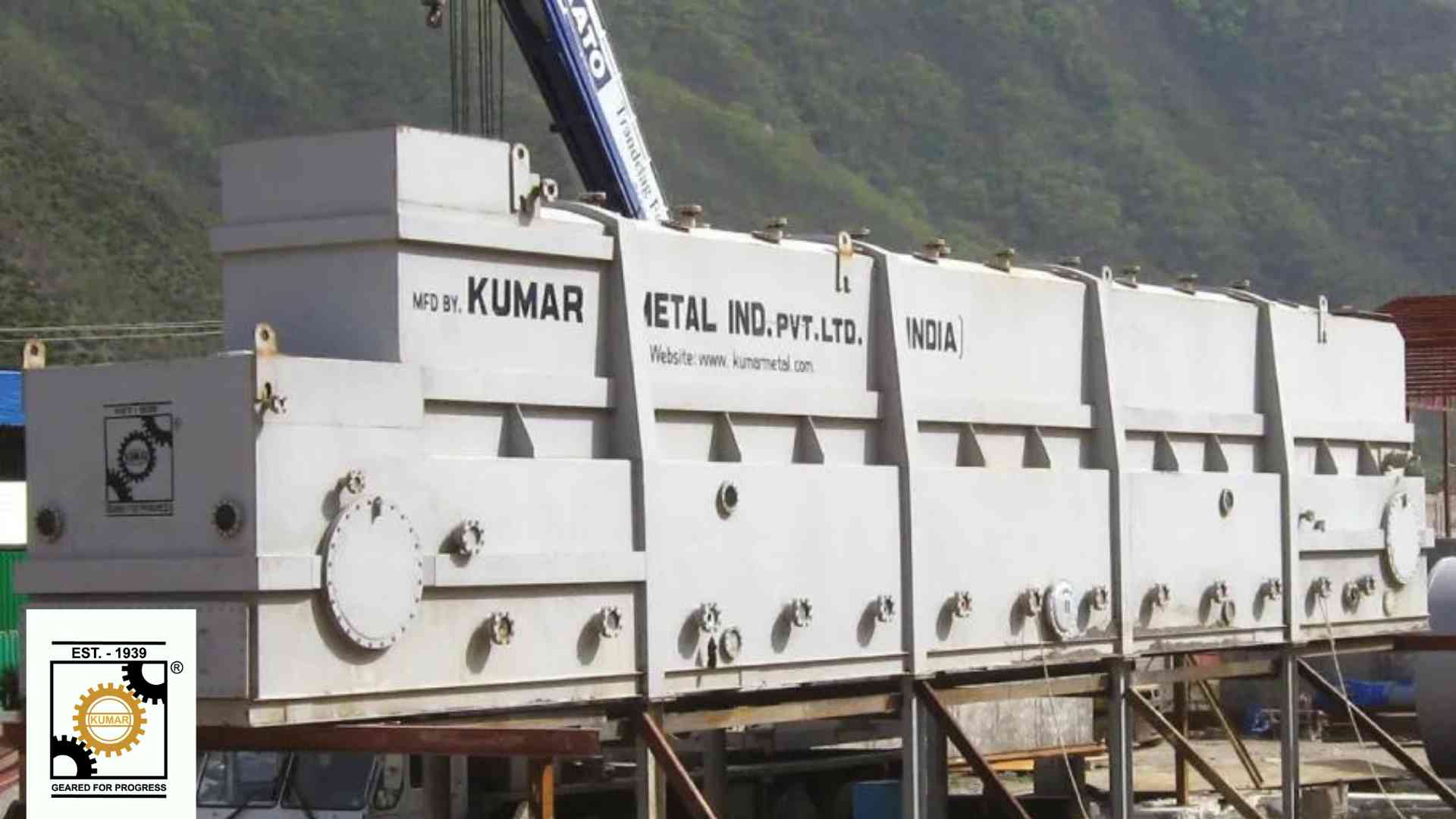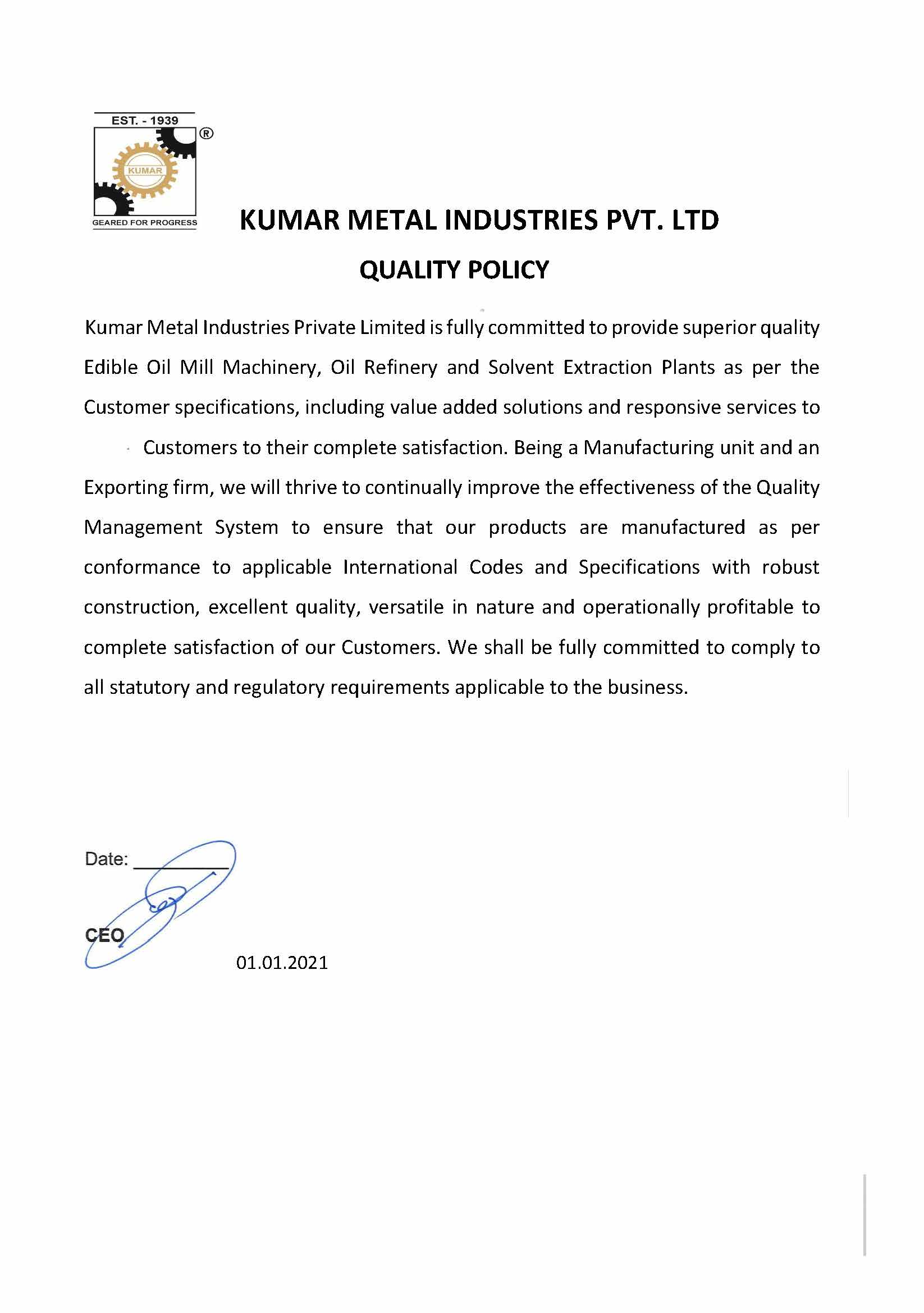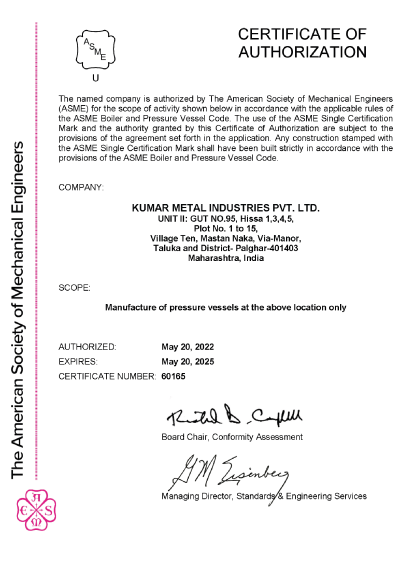
Oils and fats are extracted from oil-bearing materials like nuts, seeds, fruit and bran by mechanical extraction, solvent extraction, specialty extraction methods, or a combination of two or more of the above processes. Very few oils, like rice bran oil, are extracted using solely solvent extraction. Nonetheless, extraction with solvents is integral to the success and profitability of oil extraction operations as the method is often used in combination with mechanical pressing to achieve high yields of oil. Be it groundnut oil, sunflower oil, castor oil, shea butter, cocoa butter or palm kernel oil – extracting it requires a combination of one or two rounds of mechanical extraction using an expeller press machine, followed by solvent extraction by means of an oil extractor machine.
Different Methods of Extracting Oil
Are you wondering why combination techniques are employed to extract oil? Well, that’s because both mechanical extraction and solvent extraction have different benefits and challenges; using the processes sequentially helps us make the most of both techniques. Mechanical pressing is fairly straightforward. Have you ever crushed a groundnut in between 2 sheets of paper? Mechanical extraction uses pretty much the same mechanisms – applying pressure to the oil-bearing material to compress it and expel the oil contained within it. This technique has stood the test of time, especially for nuts and seeds with a high oil content. And it produces high purity, high quality virgin oils which can command a premium in the market. It does, however, have its disadvantages. About 15-20% of the oil-bearing material’s oil content may remain unexpelled. Additionally, after a point, applying more pressure does not only require additional power, but it can also generate excess heat which can damage the quality of the product.
This is where extraction by solvation, or solvent extraction, comes to the rescue. It can give you oil yields of over 95%. It makes the residual oilseed, known as the meal, suitable for use as animal feed. And when extracting oil at scale, especially from oilseeds and nuts with relatively low oil content, extraction with solvents works out to be cheaper and more convenient.
Now that we know why oil producers extract with a solvent, let us take a deep dive into the extraction by solvation process.
A Deep Dive into Extraction with Solvents: Breaking Down the Techniques and Technologies
As its name suggests, solvent extraction – also called extraction with solvents or extraction by solvation – involves the use of a solvent, typically hexane, to extract oil. Let’s see, step by step, how this process works.
Oilseed Preparation
First, there is the preparatory process. Now, this process differs from seed to seed. Depending on the characteristics of the raw material, preparing it for extraction may include cleaning, cracking, decortication, cooking, flaking, dehulling, expanding and/or cooling.
Seed cleaning ensures that impurities like stems, leaves and dust present in feed materials are separated. Seed cracking helps reduce the particle size and increase the surface area of the oil-bearing material so that subsequent processes, like cooking, can happen uniformly across the volume of the raw material. Decortication involves removing the hull of the seed, cutting the seed, and separating the meat from the hull, especially used in the case of cotton seed and sunflower seed preparation. Expanders enhance the percolation capacity of the oil cake for hexane. Flakers are used to rupture the tough cellular structure which contains the oil, allowing you to recover more oil when you extract with a solvent.
Oilseed Extraction
Second, the prepared seeds may be taken through an oil expeller machine to mechanically remove as much oil as it is easily possible to without adding any chemicals to the mix. This helps procure a high purity initial yield, but as we mentioned earlier, there is still a significant quantity of oil left over in the seed or nut which can be procured by extraction with solvents.
Now, we come to our central process: solvent extraction. Extraction by solvation begins by bringing the oil cake into contact with our solvent of choice – almost always hexane. We allow the oil in the solid cake to absorb the hexane, resulting in the formation of an oil-solvent miscella which is still combined with the oil cake solids. Using the counter-current flow of miscella – at specific operating temperatures – the oil-hexane mixture is separated from the cake in a predefined extraction time frame.
Now both the oil and the cake have traces of hexane in them. But hexane is toxic and needs to be removed, to ensure the safety of the product and recovered, so that it can be reused in the next round of extraction with solvents – making your processes more economical and environmentally-friendly, as you won’t have to release the used hexane into the environment.
So the solid – which has hexane traces – needs to be desolventized. A desolventizer toaster is a vapour-tight machine made of either stainless or carbon steel. It uses both direct and indirect steam, with the vapour temperature being controlled using a temperature transmitter, to separate the meal and the hexane. The hexane is recirculated to the next round of extraction by solvation, while the conditioned and toasted meal goes to the meal cooling section from where it is processed and redirected to industries where it has applications, like animal feed.
Meanwhile, the oil-hexane miscella is transported to a solvent distillation plant, also called a steam distillation plant, where hexane is recovered (up to 95%) in a number of stages. Kumar’s solvent distillation plants rely of the ideal three stages of vacuum, using an evaporator, heater and vapour condensing unit. But first, in the economizer, the heat of the vapours from the desolventizer is used to recover part of the solvent. Then come the three elements of the steam distiller – the evaporator, heater and condenser – where an incremental concentration of miscella is achieved. Finally, the remaining solvent is recovered using steam under a higher vacuum of 700 mm Hg, with the lower temperature causing minimal damage to the oil.
This is where the extraction process is complete. The crude extracted oil makes its way to an oil refining plant, where it is further purified to be made fit for human consumption. Meanwhile, the solvent traces from outgoing vapours get recovered.
Let this article be the starting point into your journey of understanding solvent extraction, its allied preparatory processes, and the equipment required to make sure you extract oil in the most cost-effective and sustainable way, all while maintaining the highest quality of oil.
Request a callback
Since 1939, Kumar has been delivering dependable process engineering solutions to the oils and fats industry. We're known for our robustly engineered, versatile, and operationally profitable plant and machinery. It's why customers all over the world depend on us to solve their processing challenges, big or small. If you'd like to know more about our solutions, please fill out the form below:
"*" indicates required fields



















